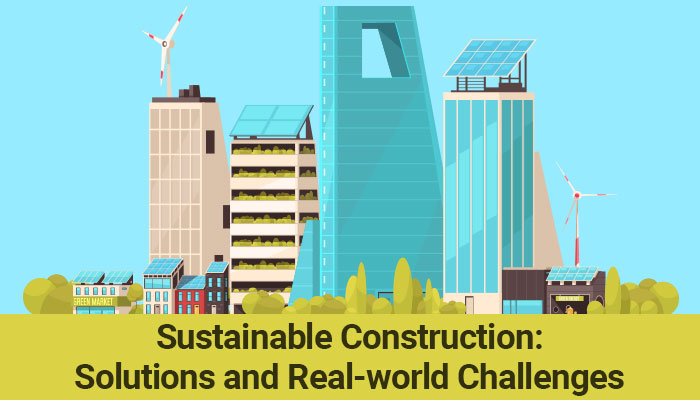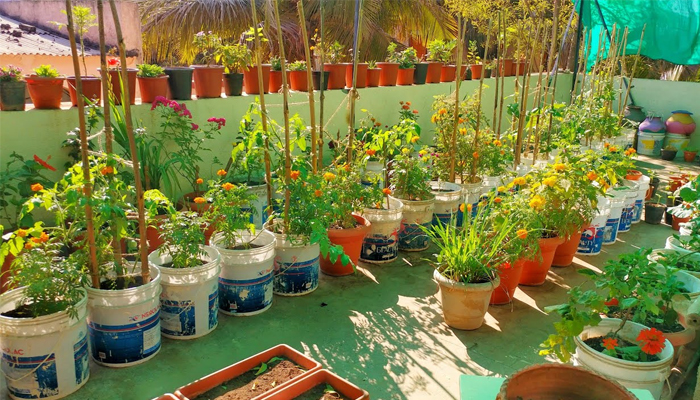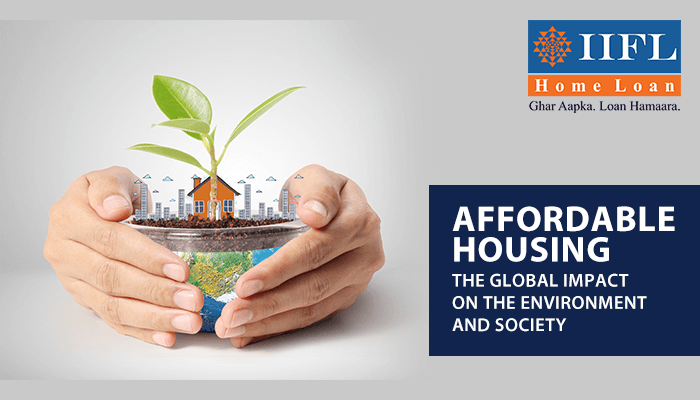Green Housing for New Homes: How Green Housing Makes New Homes Cost-Effective

Home as a Space and its Value
The concept of home goes beyond mere physical structures. It represents a place where cherished memories are created, moments are shared, and solace is found. A home holds a sacred place, serving as the backdrop for family celebrations, religious rituals, and the preservation of cultural traditions. They are adorned with intricate designs, vibrant fabrics, and religious symbols, reflecting the rich cultural heritage of the country. Indian homes are more than just a dwelling unit. They reflect one's identity, values, and beliefs by showing love, care, and hospitality.
Owning a house carries significant importance in today's world. Homeownership provides stability and security in this ever-changing world. It offers a sense of permanence and a place to call one's own! According to a survey by Magicbricks, owning a home provides stability and a sense of security to approximately 80% of respondents. Owning a house can be a lucrative financial investment. Property values tend to appreciate over time, offering an asset that can be passed down to future generations. It can also help generate income through rental or sale. A report by Knight Frank reveals that substantial price appreciation of residential properties in major Indian cities, averages 10-12% per annum in recent years.
Home Ownership and Related Tax Benefits
Moreover, owning a house brings tax benefits and the opportunity to build equity over time. The Indian government offers tax incentives for homeowners, including deductions on home loan interest payments under Section 24(b) of the Income Tax Act. This translates into significant savings for homeowners, making homeownership more affordable eventually. Owning a house represents a significant milestone in one's life, symbolizing independence, success, and achievement. A survey by Housing.com found that 78% of respondents view owning a home as a symbol of success and accomplishment.
Many individuals aspire to own a home to create family wealth, recognizing real estate as a solid investment with potential appreciation. The National Real Estate Development Council (NAREDCO) highlights that real estate consistently delivers returns higher than inflation, making it an attractive investment option. Additionally, owning a home provides a sense of belonging and shelter. The desire for homeownership is evident in India, with homeownership rates standing at 84.5% in urban areas and 95.8% in rural areas, according to the National Sample Survey Office (NSSO).
Access to Housing and Associated Challenges
Despite these aspirations, several obstacles hinder access to housing. High real estate costs, particularly in urban areas, pose a significant barrier. Over the years, there has been a steady increase in average property prices in major Indian cities, making it harder for aspiring homeowners to afford down payments and qualify for mortgages. Job instability and fluctuating income patterns also impact homeownership. A significant portion of the Indian workforce engages in informal and precarious employment, affecting their ability to secure mortgages or commit to homeownership.
Cultural and social factors further influence homeownership rates. Discrimination based on race, ethnicity, or other factors can hinder marginalized communities' access to affordable housing or financing options. Cultural expectations and priorities may also influence individuals' choices, with some prioritizing goals such as education or travel over owning a home.
Green Affordable Housing as an Effective Solution
To address these challenges and make homeownership more affordable, green housing presents a viable solution. Extensive research has shown that green buildings offer cost-effectiveness and long-term savings. The Energy Policy Institute at the University of Chicago conducted a study revealing that green-certified homes in India have higher resale values compared to non-certified homes. These certified homes are sold at a premium of 3.5-13%, depending on location and certification level. This indicates that investing in green features not only contributes to environmental sustainability but also provides financial returns in the form of increased property value.
Benefits of Green Homes
Green homes offer financial benefits, as well as significant energy savings. As per the Indian Green Building Council (IGBC), green buildings can save up to 30-40% on energy consumption compared to conventional buildings. This in turn helps in reducing energy bills and provides long-term cost savings.
Green housing plays a crucial role in reducing carbon emissions and minimizing resource consumption. Energy-efficient appliances, solar panels, rainwater harvesting systems, and efficient insulation are some of the features that help to reduce the ecological footprint of homes. A study published in the Journal of Green Building revealed that green buildings in India reduce greenhouse gas emissions by approximately 35% compared to traditional buildings.
Government Efforts Towards Sustainable Housing
Recognizing the importance of sustainable housing, the Indian government has implemented initiatives and policies to support its development. The Ministry of Housing and Urban Affairs introduced schemes like the Pradhan Mantri Awas Yojana (PMAY) - Urban, which focuses on promoting affordable and sustainable housing for all. Additionally, organizations like the IGBC; GRIHA; EDGE and LEED provide guidelines and standards for green building practices in the country.
To Sum Up
We can conclude that green housing offers a cost-effective and sustainable solution for new homes in India. The challenges posed by high real estate costs, job instability, and cultural factors can be effectively addressed through the adoption of green features and practices. Research studies consistently demonstrate that green buildings provide not only financial returns but also energy savings and reduced environmental impact. With government support and increasing awareness, green housing has the potential to become a mainstream approach, making homeownership more affordable and environmentally friendly for individuals and families across India.
IIFL Home Loans is a torchbearer in this sector, aiming to connect the dots in the housing construction industry. Acting as a vital link, they unite homeowners, developers, the affordable housing sector, sustainable practices, and aim to reach out to all beyond the boundaries of race, caste, creed, and gender. Read about IIFL Home Loans’ Kutumb and Green Value Partner initiatives to know more!
Tags
Disclaimer: The information contained in this post is for general information purposes only. IIFL Home Finance Limited (including its associates and affiliates) ("the Company") assumes no liability or responsibility for any errors or omissions in the contents of this post and under no circumstances shall the Company be liable for any damage, loss, injury or disappointment, etc. suffered by any reader. All information in this post is provided "as is", with no guarantee of completeness, accuracy, timeliness, or of the results, etc. obtained from the use of this information, and without warranty of any kind, express or implied, including, but not limited to warranties of performance, merchantability, and fitness for a particular purpose. Given the changing nature of laws, rules, and regulations, there may be delays, omissions, or inaccuracies in the information contained in this post. The information on this post is provided with the understanding that the Company is not herein engaged in rendering legal, accounting, tax, or other professional advice and services. As such, it should not be used as a substitute for consultation with professional accounting, tax, legal or other competent advisers. This post may contain views and opinions which are those of the authors and do not necessarily reflect the official policy or position of any other agency or organization. This post may also contain links to external websites that are not provided or maintained by or in any way affiliated with the Company and the Company does not guarantee the accuracy, relevance, timeliness, or completeness of any information on these external websites. Any/ all (Home/ Loan Against Property/ Secured Business Loan/ Balance Transfer/ Home Improvement Loan/ NRI Home Loan/ Home Loan for Uniformed Services) loan product specifications and information that may be stated in this post are subject to change from time to time, readers are advised to reach out to the Company for current specifications of the said (Home/ Loan Against Property/ Secured Business Loan/ Balance Transfer/ Home Improvement Loan/ NRI Home Loan/ Home Loan for Uniformed Services) loan.
 Login
Login






















